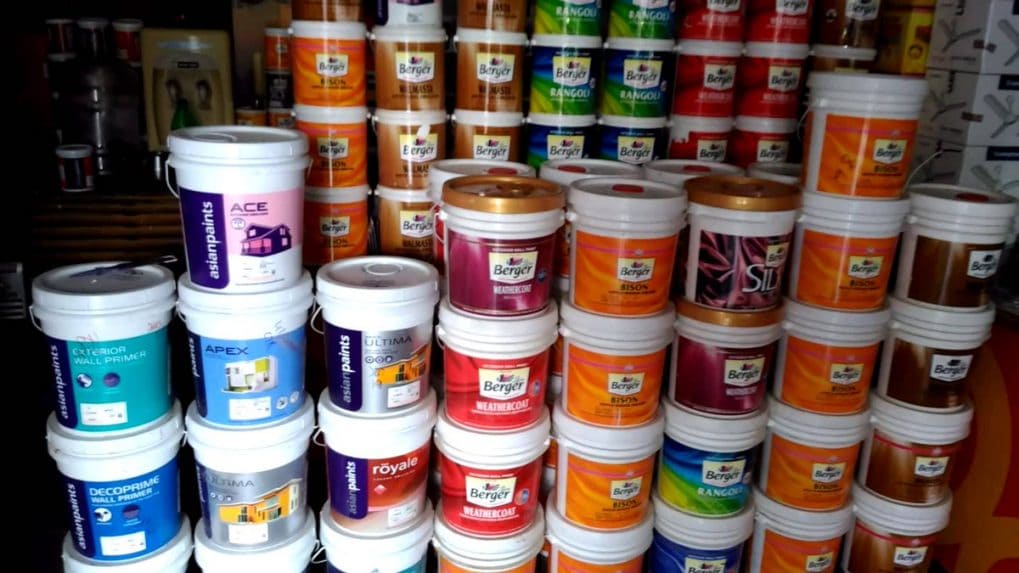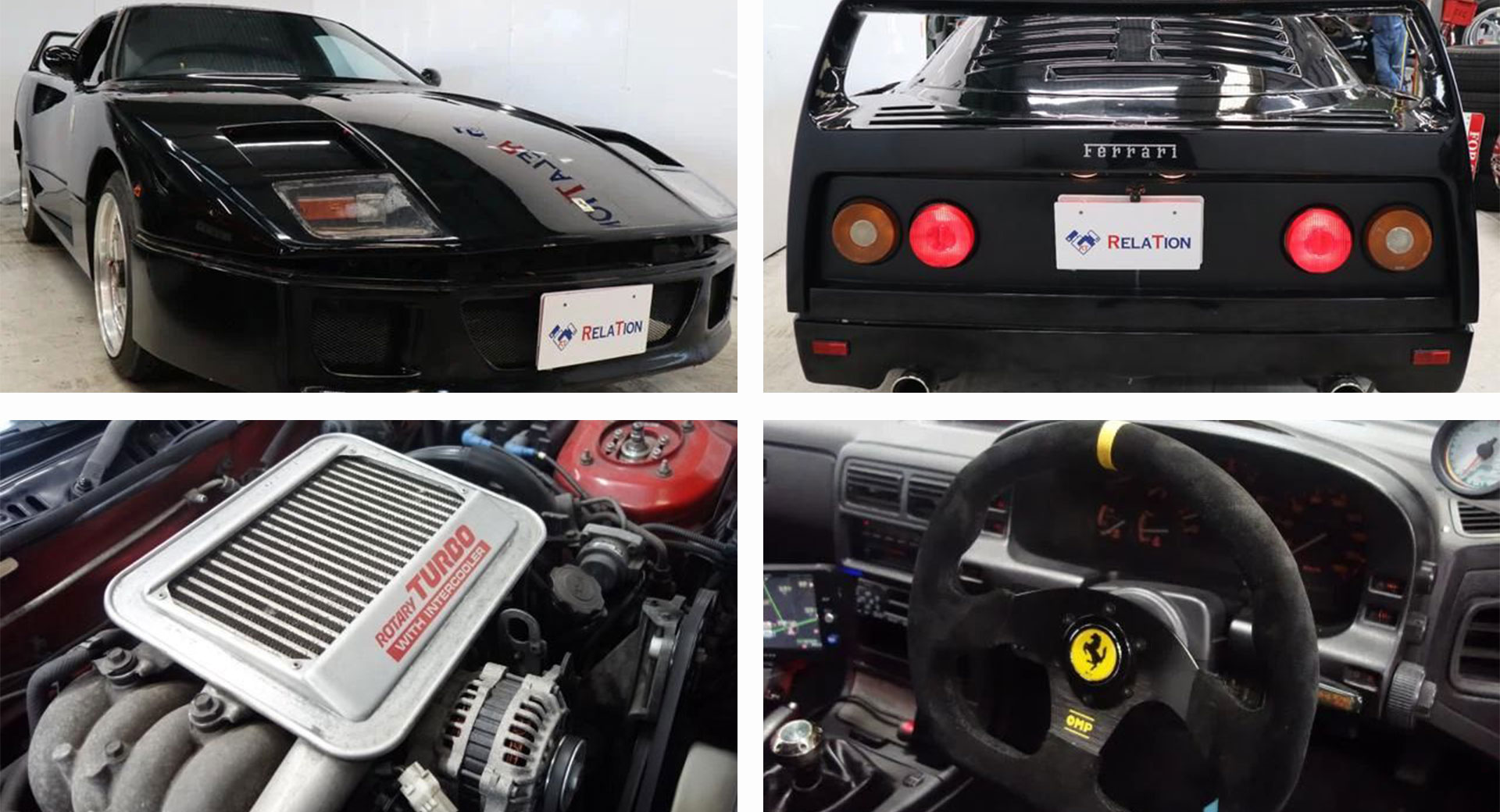Mini
Arrange in 1942 as a partnership agency by 4 pals, Asian Paints had taken on entrenched multinationals in addition to native rivals to emerge as India’s largest paints firm, nearly twice the dimensions of its nearest competitor Goodlass Nerolac.
In 1997, Asian Paints was broadly thought to be one of many greatest success tales amongst Indian companies. Arrange in 1942 as a partnership agency by 4 pals, it had taken on entrenched multinationals in addition to native rivals to emerge as India’s largest paints firm, nearly twice the dimensions of its nearest competitor Goodlass Nerolac.
The households of the 4 founders, Champaklal Choksey, Chimanlal Choksi, Suryakant Dani and Arvind Vakil, held a majority stake within the agency and until the 1990 that they had run it harmoniously.
However via the Nineties as the corporate expanded past India, disputes began rising between the members. These got here to a head after Champaklal died in July 1997 and his son Atul took over as managing director. Not satisfied of the corporate’s future route, he determined to exit the enterprise. An preliminary take care of Morgan Stanley and Capital Worldwide via DSP-Merrill Lynch fell via after the 2 international institutional buyers claimed that that they had been misled on the id of the shareholders from whom they have been shopping for the holdings.
Choksey now negotiated a two-stage take care of ICI Plc, the enormous British paints and chemical substances group which languished in fourth place within the nation’s fast-growing market and was in search of methods to extend its share, to promote his and his associates’ 9.1 p.c stake within the firm for a consideration of Rs 128.70 crore leaving his household with a tiny 0.4 p.c stake within the agency.
Within the first stage in August 1997, he bought his stake to Kotak Mahindra Capital Firm (KMCC) which brokered the deal and had acquired a mortgage from ICI to purchase the shares at Rs 347.50 every. KMCC, in flip, bought the shares to ICI.
However the 9 p.c stake that ICI purchased was of no use for the reason that different three promoters of the corporate collectively managed greater than 30 p.c. They rapidly mounted their defences, first reaching an settlement which prevented them from promoting their stakes to any outdoors get together. Ashwin Choksi who was now the corporate’s new chairman issued an announcement on August 21, 1997 calling ICI’s transfer “an try by a multinational rival to accumulate a foothold within the firm.” He additionally pointed to Overseas Funding Promotion Board (FIPB) pointers which said that earlier than authorities approval may very well be granted to international buyers, the board of an organization needed to assist the funding. The corporate’s vice-chairman, Ashwin Dani introduced its choice to not switch shares to KMCC.
ICI had no intention of getting right into a long-draw, and presumably bruising, battle. It known as off the deal and months later Kotak bought half of the shares it held to Unit Belief of India, and the opposite half, to the Choksi, Vakil and Dani households.
The Asian paints saga had a captivating twist when six years later, in October 2003, Asian Paints emerged as the very best bidder to purchase the federal government’s 9.2 p.c stake in ICI, which it was promoting as a part of its disinvestment efforts. Mockingly, it was precisely the identical quantity that ICI had initially acquired in Asian Paints.
A number of years later, Asian Paints bought off the ICI shares out there.
—Sundeep Khanna is a former editor and the co-author of the not too long ago launched Azim Premji: The Man Past the Billions. Views are private.
Supply hyperlink


